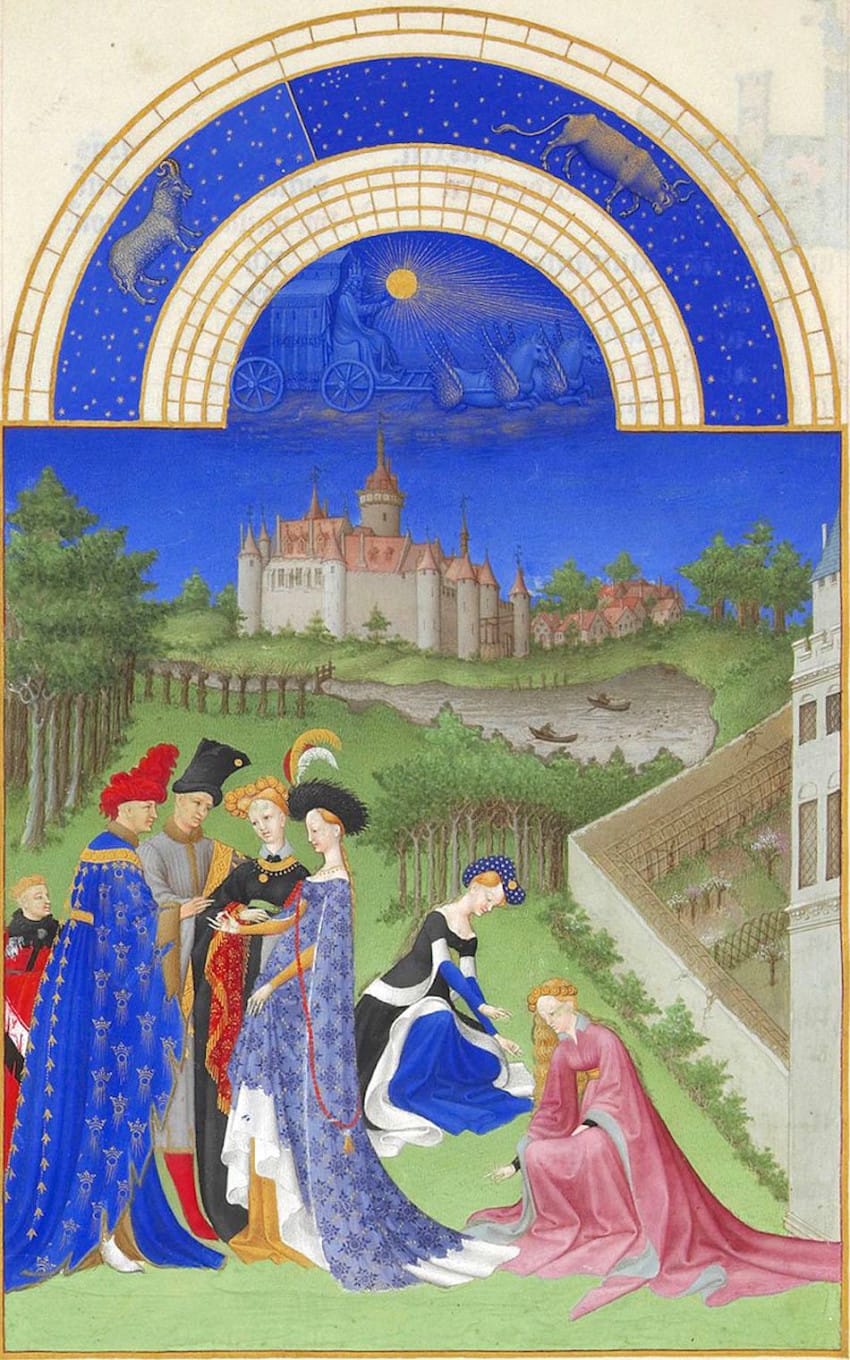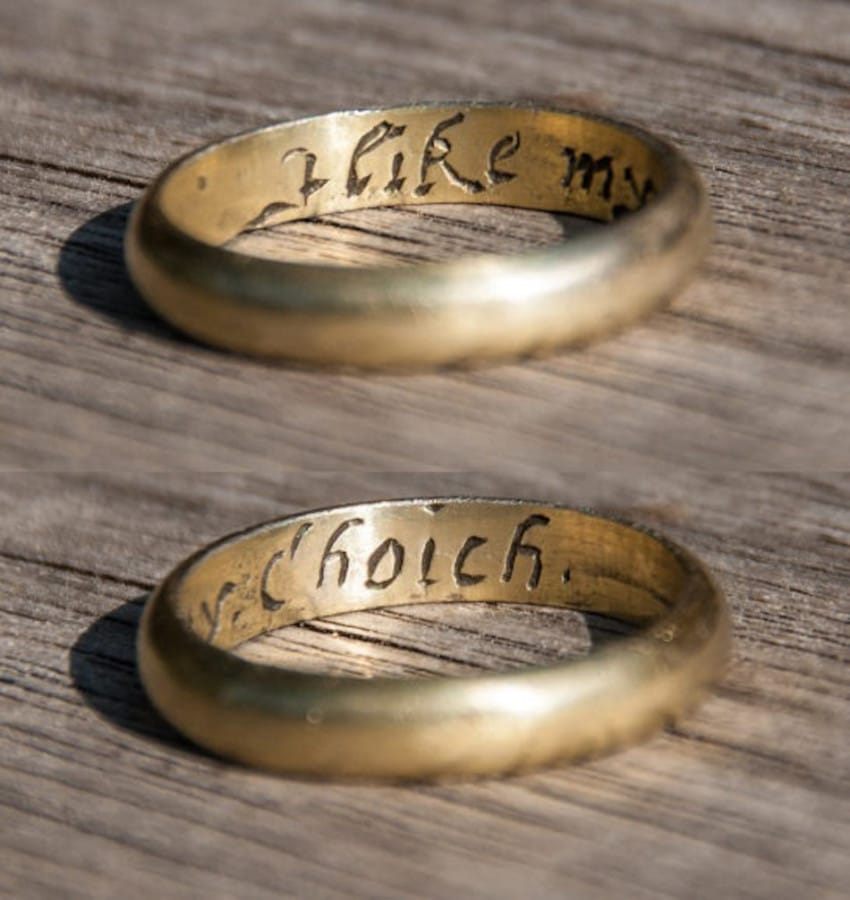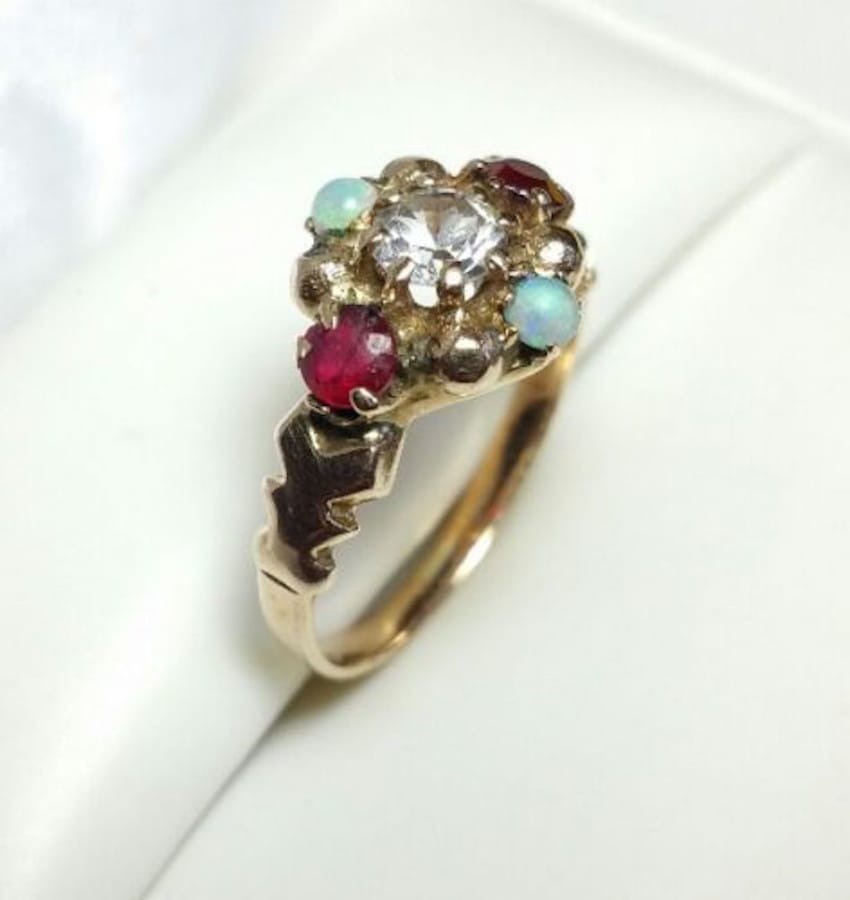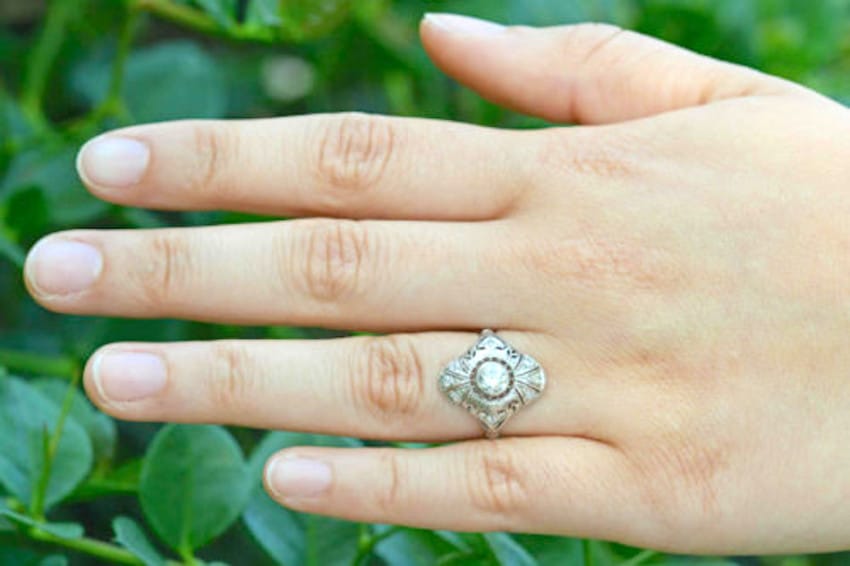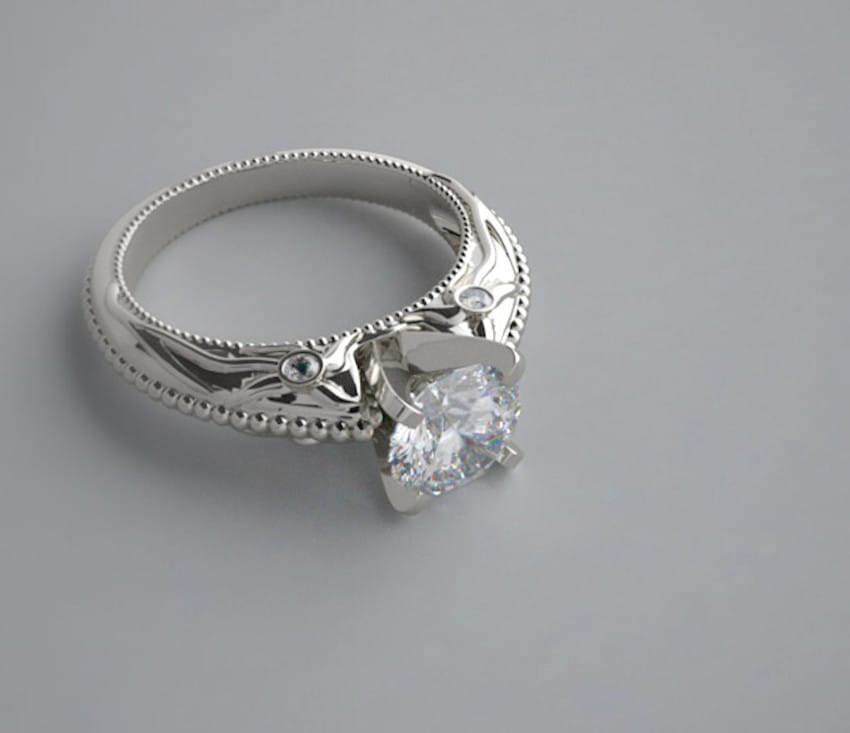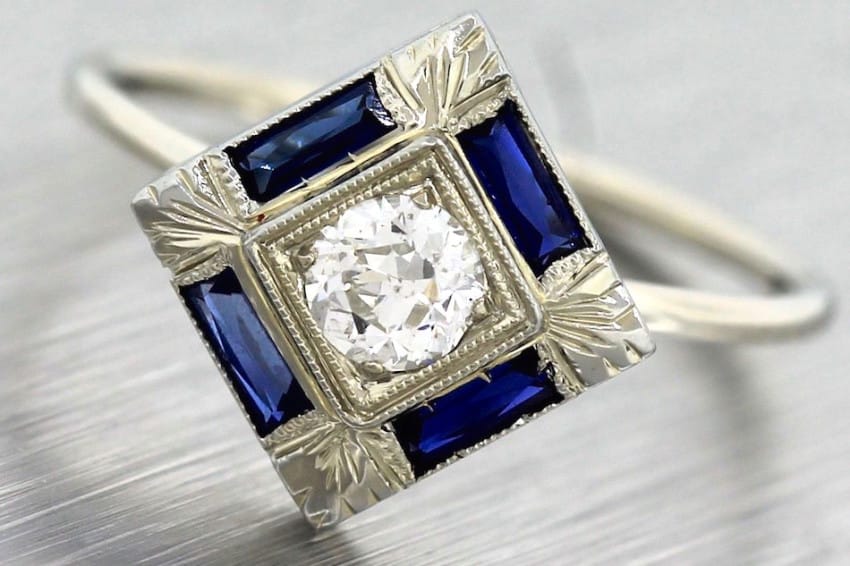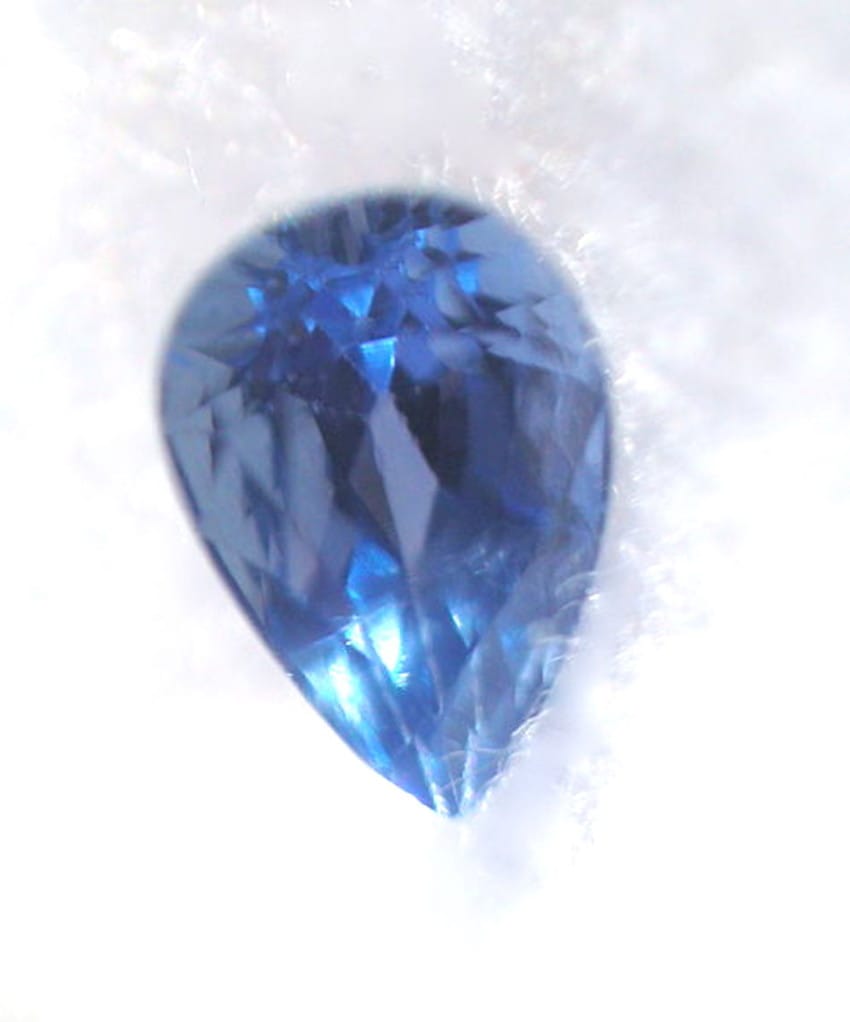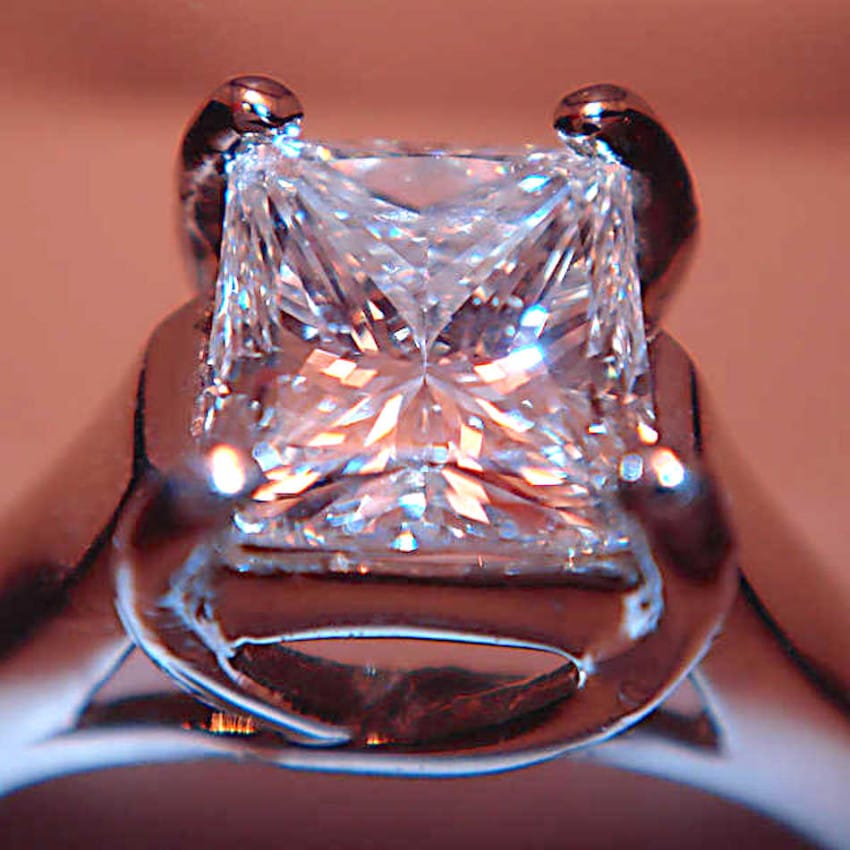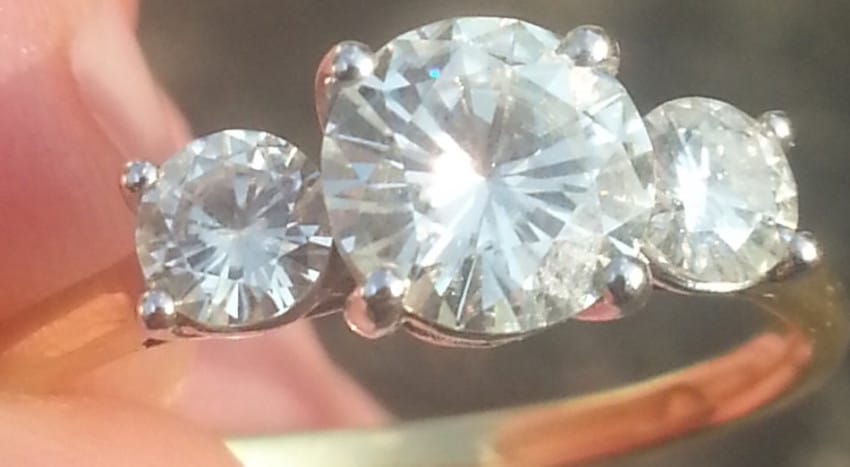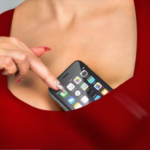10 Beautiful Engagement Ring Trends Throughout History
Published on January 24, 2017 at 1:04 PM by Robert Ngwira
Lots of little girls grew up knowing exactly what they wanted their engagement ring to be like, down to the karat, the cut, the band, and the jeweler who would make it.
But the images that girls have had in their heads have changed along with engagement trends.
The history of the engagement ring dates all the way back to ancient times, though rings looked much different during certain eras than they do now.
Engagement rings have undergone quite the transformation in some ways. Surprisingly, some trends from way back are still used today, like the reliance on gold.
What do you think the perfect engagement ring looks like? Is it dainty and modest, or is it flashy and heavy on your finger? Everyone has different tastes, and this history of engagement rings really proves that!
These 10 different trends are all pretty amazing in their own way, but do you have a favorite?
1. Iron In Ancient Rome
In ancient Rome, women were given an iron ring to wear on their finger, as this was thought to connect through a vein directly to the heart. She was also given a gold ring to show off in public. Of course, this was a tradition reserved for those who could afford it.
2. Simple Gold In The Middle Ages
The Middle Ages brought about the tradition of a golden band, often featuring a gemstone. Gold became such a big thing because the Pope decreed that if a man didn’t produce a golden ring, the engagement wasn’t actually official. Obviously, this trend had an influence on rings today.
3. Poetry In The 1600s And 1700s
In the 1600s and 1700s, lovers might exchange silver or gold bands with lines of poetry inscribed on the inside or outside of the band, which in turn were called “poesy rings.” During this time, a silver band was sometimes given out upon an engagement, and switched out for a gold one once the couple was married.
4. Romantic Designs In The Victorian Era
Victorian England was a very romantic time and place, in part because Queen Victoria really loved her husband, Albert. This brought about a very flowery outlook on relationships, and engagement rings from this time period featured a lot of floral designs, as well as bows and colorful gemstones. Victorian engagement rings certainly do not lack in imagination.
5. Accessible Elegance In The Edwardian Era
After the Industrial Revolution, prosperity spread throughout America and European countries. The Edwardian Era made it possible for more people to be able to afford engagement rings, and this is the time period that solidified the tradition. The rings during this time tended to feature a lot of frilly metalwork on the band itself, and gemstones other than diamonds were still used, although diamonds became much more popular and accessible.
6. Soft Lines In The Early 1900s
When wedding rings started being fashioned out of platinum in the early 1900s, it allowed for more detail in the band than gold did. These rings were very ornate and had intricate, flowing lines inspired by the Art Nouveau movement.
7. Art Deco In The Roaring ’20s
The 1920s were a time full of amazing modern design, and it was also a time for great extravagance for those who could afford it. The art deco designs that were so prevalent also appeared in the engagement rings from this decade. These rings often featured diamonds and gemstones arranged in structured geometric patterns and were traditionally un-feminine in nature, in contrast to the flowery, frilly designs of Victorian times.
8. Simpler Stones During The Second World War
Despite the economic strains of WWII, engagement rings weren’t going anywhere. Often, folks would simply have to make a more budget-conscious choice when it came to the stone. Instead of diamonds, synthetic gems were chosen to sit atop the engagement ring.
9. Giant Diamonds In The 1960s
In the 1960s, Richard Burton proposed to Elizabeth Taylor with a whopping 33-karat diamond ring. The thing was the size of a quarter, and it was worth more than most of us care to think about for one piece of jewelry. This set a trend for extravagant jewels, mostly for celebrities and the fabulously wealthy.
10. Perfect Princess Cut In The 1970s
In the 1970s, the princess cut and other radiant cuts were perfected, which allowed for a greater emphasis on the beauty of the diamonds themselves. During this time, rings tended to be much simpler and stunning, as opposed to the elaborate, varied styles of the past.

